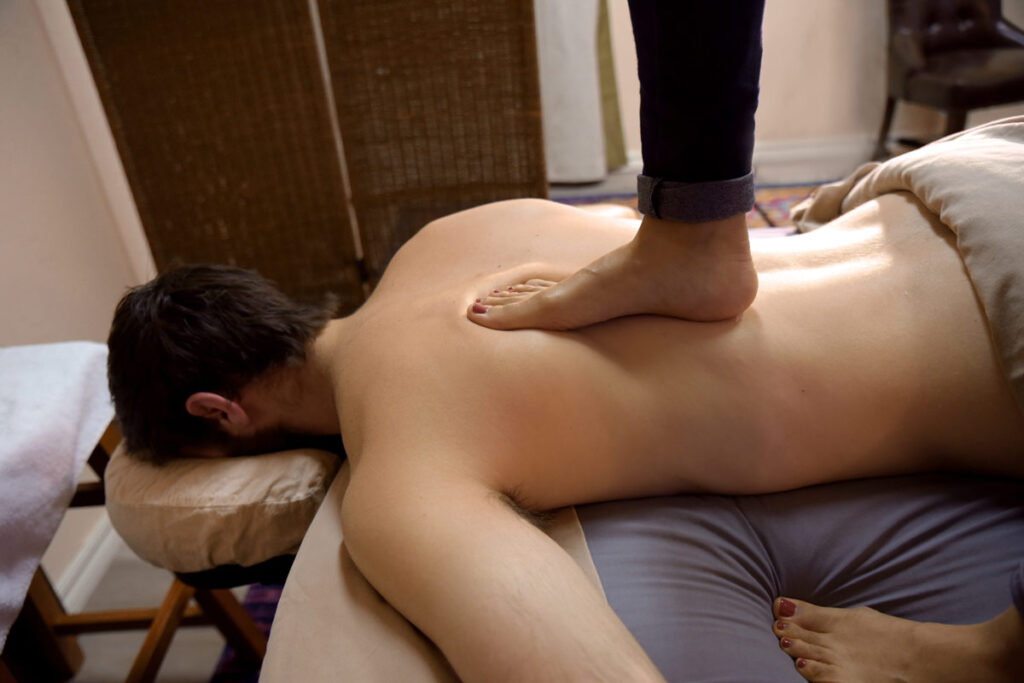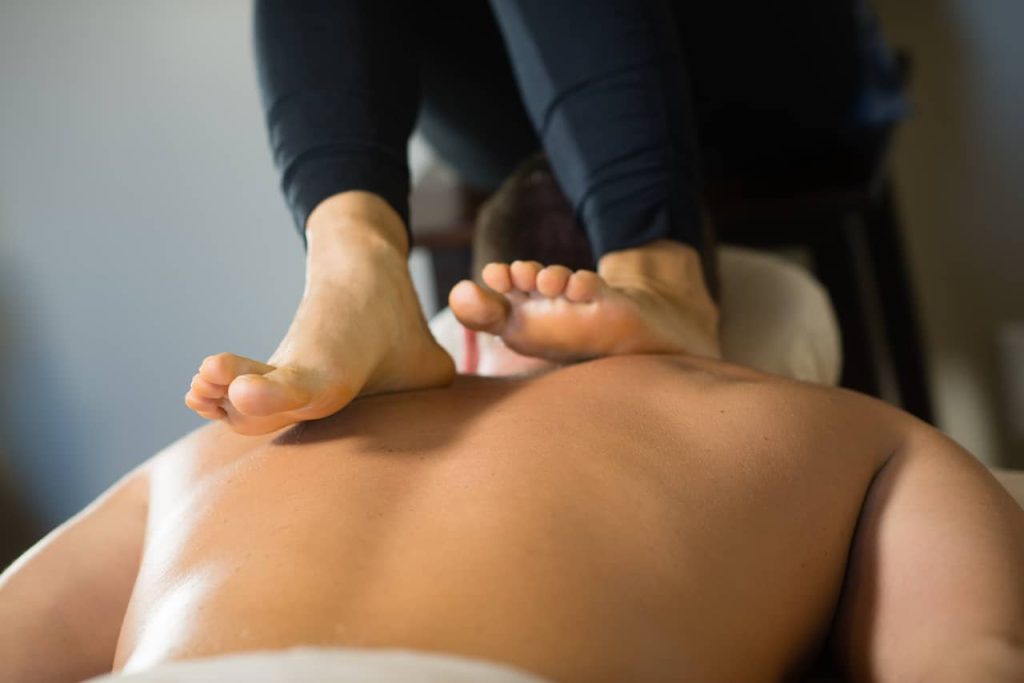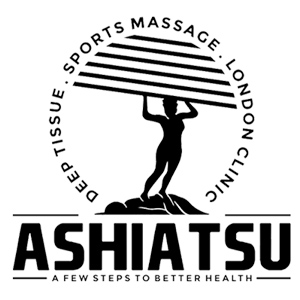The Japanese word “ashiatsu” means “foot pressure.” Ashiatsu is a long-established Japanese healing technique, and basic ashiatsu techniques are now used all over the world.
After learning traditional ashiatsu at Ashiatsu Oriental Bar Therapy, we used our feet instead of our hands to make up our kind of deep tissue massage. This kind of massage is called Ashiatsu Therapeutic Massage. We use therapeutic massage techniques like deep tissue, trigger point, active release, and myofascial release. Every session is made to fit the needs and goals of the client.
Most people think of a soothing massage with soft music, dim lighting, and skilled hand movements when they think of a relaxing massage. What if, on the other hand, you found out that a massage therapist who uses their foot to apply pressure is the key to a truly relaxing massage?

How does an ashiatsu massage work?
Barefoot massage, also called ashiatsu, has been around for a long time and has its roots in Asia and India. On the other hand, ashiatsu massage, as it is done today, is mostly a Westernized version of ashiatsu oriental bar therapy, which is a type of massage. Ruthie Piper Hardee, a massage therapist from Colorado, came up with the idea after realizing she couldn’t help a bigger client at the end of a long day. She saw different kinds of ashiatsu when she was traveling abroad, and she used what she saw and her years of massage therapy training to come up with her treatment.
During an ashiatsu massage, the therapist holds on to parallel bars attached to the ceiling and stands above the client. Then, the therapist balances himself on the bars while using the client’s feet to loosen up their tight muscles. It is important to note that therapists do not stomp on their patients; rather, they use the bars above them to adjust the amount of pressure and weight they apply to the patients’ bodies.
What’s good about an ashiatsu massage?
As was already said, the main benefit of ashiatsu massage is that the therapist can put more pressure on the body than they could with just their hands. This is especially helpful for people with long-term tension that can’t be relieved by a deep-tissue massage. The massage therapist can help relieve pinched nerves and back spasms by putting more pressure on certain points and taking pressure off the spine.

What are the advantages of an ashiatsu deep tissue massage over a regular one?
Ashiatsu Therapeutic Massage therapists can use the smooth, continuous deep pressure muscles to release tension. The therapist uses overhead bars and her weight to control the amount and depth of pressure and the angle of the muscles. This allows her to experience a greater variety of pressures than she would with a standard massage. This implies that the therapist doesn’t have to rely on the strength of her hands and arms. All of this gives the therapist more ways to deal with the client’s specific needs and the illness that is making them feel bad. You never have to worry about whether or not you’ll get the therapeutic effect you want.
Many angles can be made with the feet on the wrists or forearms, and the overhead bars are very hard to make. Standing next to the massage table, it can be hard to fully relax when the tops of the shoulders are tense, which is where 90% of people keep their stress. Using our feet, hands, and leverage, we can target and relieve shoulder pain and stress. Depending on how precise the work needs to be, the therapist may use both hands and feet simultaneously.
This creates a pushing and pulling motion that passively stretches tiny muscles and helps them relax. Another example is using heel pressure in active release treatment and trigger point therapy. We can easily keep pressure on one spot for as long as it takes a muscle to relax by using gravity to put pressure on that spot.


